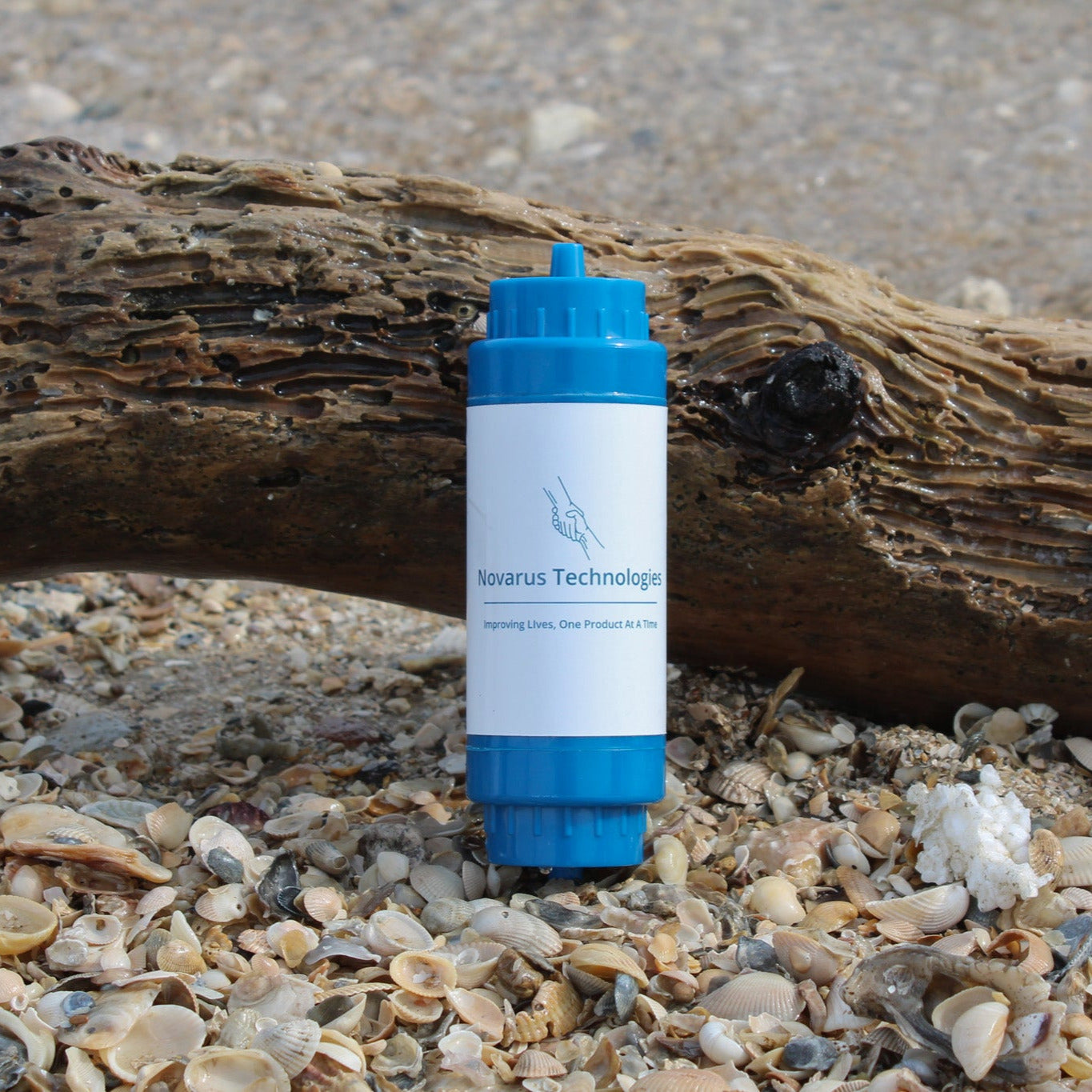While the menace of outdoor air pollution is widely acknowledged, the quality of indoor air often remains overlooked despite its profound implications for human health. In this comprehensive exploration, we delve into the multifaceted issue of hidden air pollution within residential spaces, elucidating its sources, impacts, and evidence-based strategies for mitigation, augmented with pertinent statistical insights from existing research.
Sources of Hidden Air Pollution
- Combustion Appliances: Research conducted by the U.S. Environmental Protection Agency (EPA) reveals that gas-powered appliances, including stoves, heaters, and fireplaces, contribute to indoor air pollution by emitting pollutants such as carbon monoxide, nitrogen dioxide, and particulate matter (EPA, 2020).
- Tobacco Smoke: According to the Centers for Disease Control and Prevention (CDC), secondhand smoke contains over 7,000 chemicals, including hundreds that are toxic and about 70 that can cause cancer, posing significant health risks to nonsmokers exposed to indoor smoking environments (CDC, 2021).
- Household Products: Studies published in Environmental Science & Technology have shown that common household items such as cleaning agents, paints, and air fresheners emit volatile organic compounds (VOCs), with indoor concentrations often exceeding outdoor levels (Singer et al., 2006).
- Building Materials: The International Agency for Research on Cancer (IARC) highlights the carcinogenic potential of substances such as asbestos and lead, commonly found in building materials and paints, underscoring the importance of mitigating their release into indoor air (IARC, 2021).
- Radon: The World Health Organization (WHO) estimates that radon exposure is responsible for approximately 3% to 14% of all lung cancer deaths worldwide, making it a significant indoor air pollutant of concern (WHO, 2009).
- Mold and Mildew: According to a study published in Indoor Air, damp indoor environments support the growth of mold and mildew, with estimates suggesting that up to 50% of homes in the United States have had water damage conducive to mold growth (Mendell et al., 2011).
Impacts on Health
The health ramifications of hidden air pollution are extensive and well-documented:
- Respiratory Infections: Research published in the Journal of Allergy and Clinical Immunology indicates that indoor air pollutants such as mold, dust mites, and pet dander can exacerbate respiratory infections, particularly among children and individuals with pre-existing conditions (Thorne et al., 2015).
- Asthma and Allergies: According to the American Academy of Allergy, Asthma & Immunology (AAAAI), exposure to indoor allergens and irritants contributes to the development and exacerbation of asthma and allergic conditions, affecting millions of individuals worldwide (AAAAI, 2021).
- Cardiovascular Diseases: A meta-analysis published in Circulation Research suggests that long-term exposure to indoor air pollution is associated with an increased risk of cardiovascular diseases, including hypertension, coronary artery disease, and stroke (Brook et al., 2010).
- Cancer: Epidemiological studies conducted by the International Agency for Research on Cancer (IARC) have established the carcinogenicity of indoor air pollutants such as radon and tobacco smoke, linking them to an elevated risk of lung cancer and other malignancies (IARC, 2018).
Mitigating Hidden Air Pollution
To address hidden air pollution and safeguard indoor air quality, evidence-based interventions are paramount:
- Ventilation: The EPA recommends adequate ventilation as a primary strategy for reducing indoor air pollutants, emphasizing the importance of mechanical ventilation systems, natural ventilation, and proper airflow management (EPA, 2020).
- Air Purification: Studies published in Indoor Air demonstrate the efficacy of air purifiers equipped with high-efficiency particulate air (HEPA) filters and activated carbon technology in reducing indoor concentrations of airborne particles, VOCs, and other pollutants (Hänninen et al., 2011).
- Smoking Prevention: The Surgeon General's Report on Smoking Cessation highlights the critical importance of smoke-free policies and smoking cessation interventions in eliminating exposure to indoor tobacco smoke and protecting nonsmokers from its harmful effects (U.S. Department of Health and Human Services, 2020).
- Low-VOC Products: The Environmental Protection Agency's Safer Choice Program promotes the use of low-VOC or environmentally friendly household products, providing consumers with a trusted label to identify safer alternatives and reduce indoor air pollution (EPA, 2021).
- Appliance Maintenance: The U.S. Consumer Product Safety Commission recommends regular inspection and maintenance of combustion appliances to ensure proper ventilation, combustion efficiency, and safe operation, thereby minimizing indoor air pollution risks (CPSC, 2021).
- Humidity Control: The American Academy of Pediatrics (AAP) advocates for maintaining indoor humidity levels between 30% and 50% to inhibit mold and mildew growth, emphasizing the importance of using dehumidifiers in damp indoor environments (AAP, 2021).
Conclusion
Hidden air pollution within our homes poses a significant threat to human health and well-being, but through informed action and evidence-based interventions, its adverse effects can be mitigated. By raising awareness of the sources and impacts of indoor air pollution and advocating for proactive measures to improve indoor air quality, individuals can create healthier living environments conducive to optimal health and vitality. This collective effort towards addressing hidden air pollution underscores the imperative of prioritizing clean indoor air as a fundamental component of a healthy home environment.


